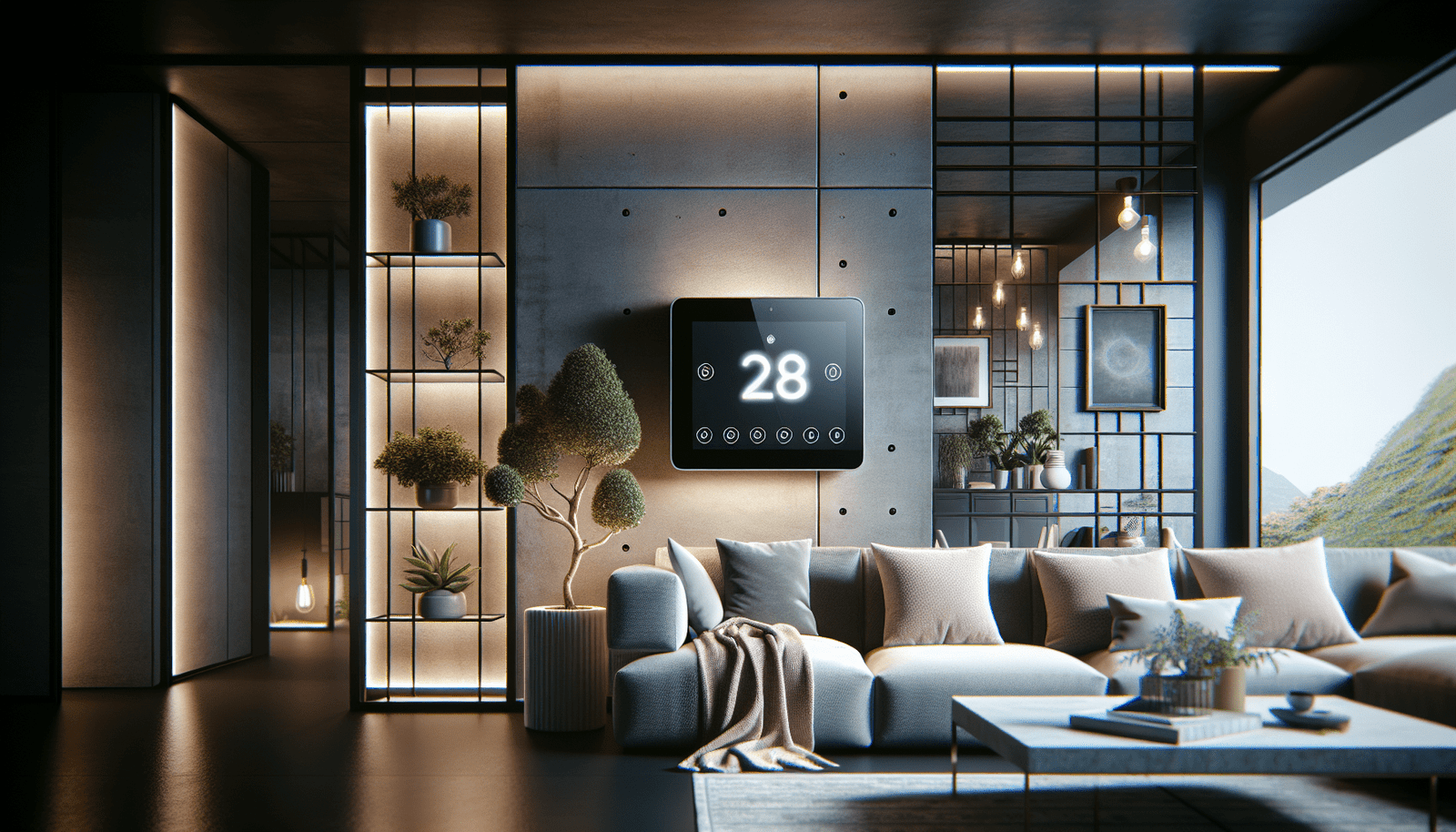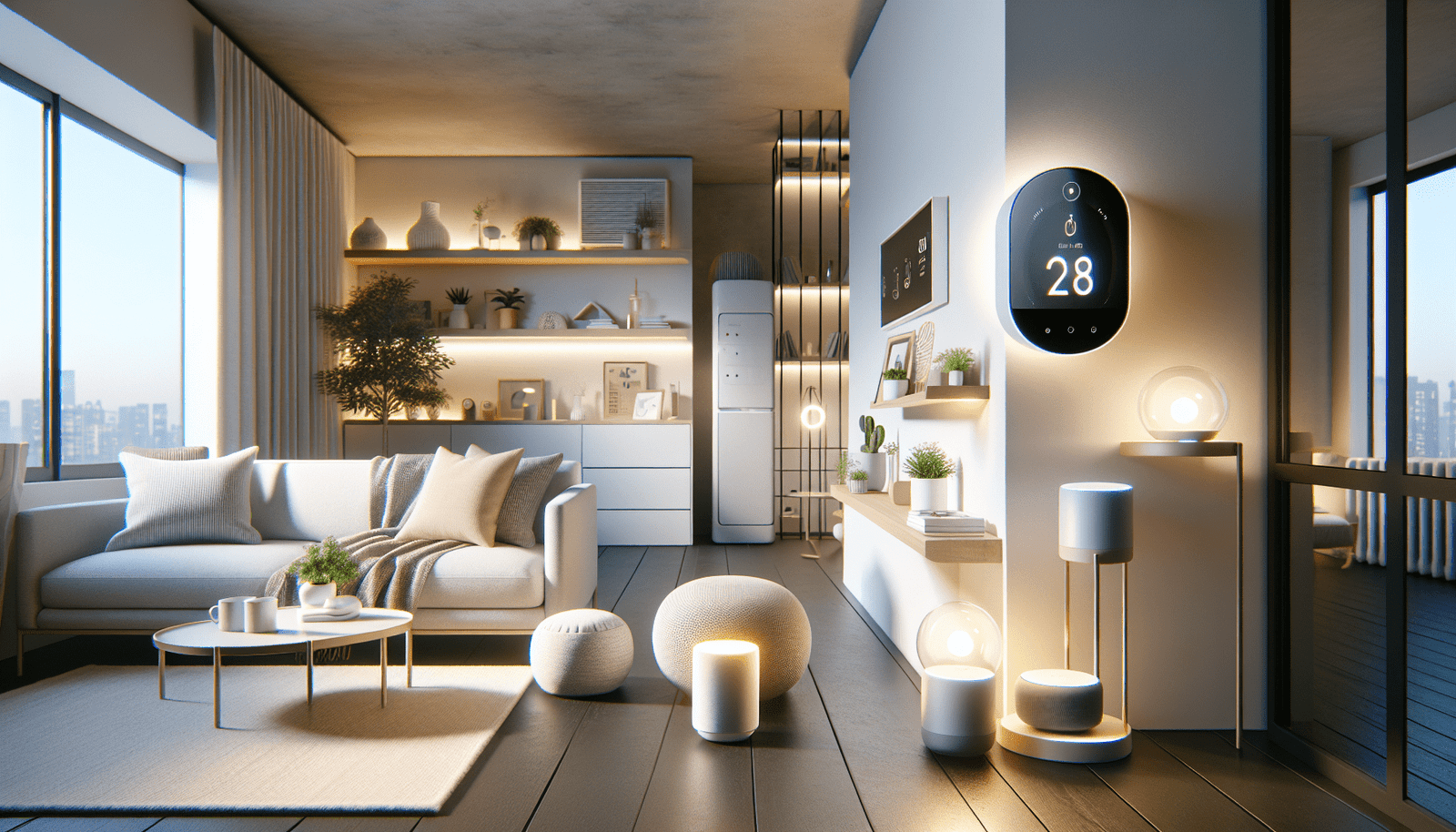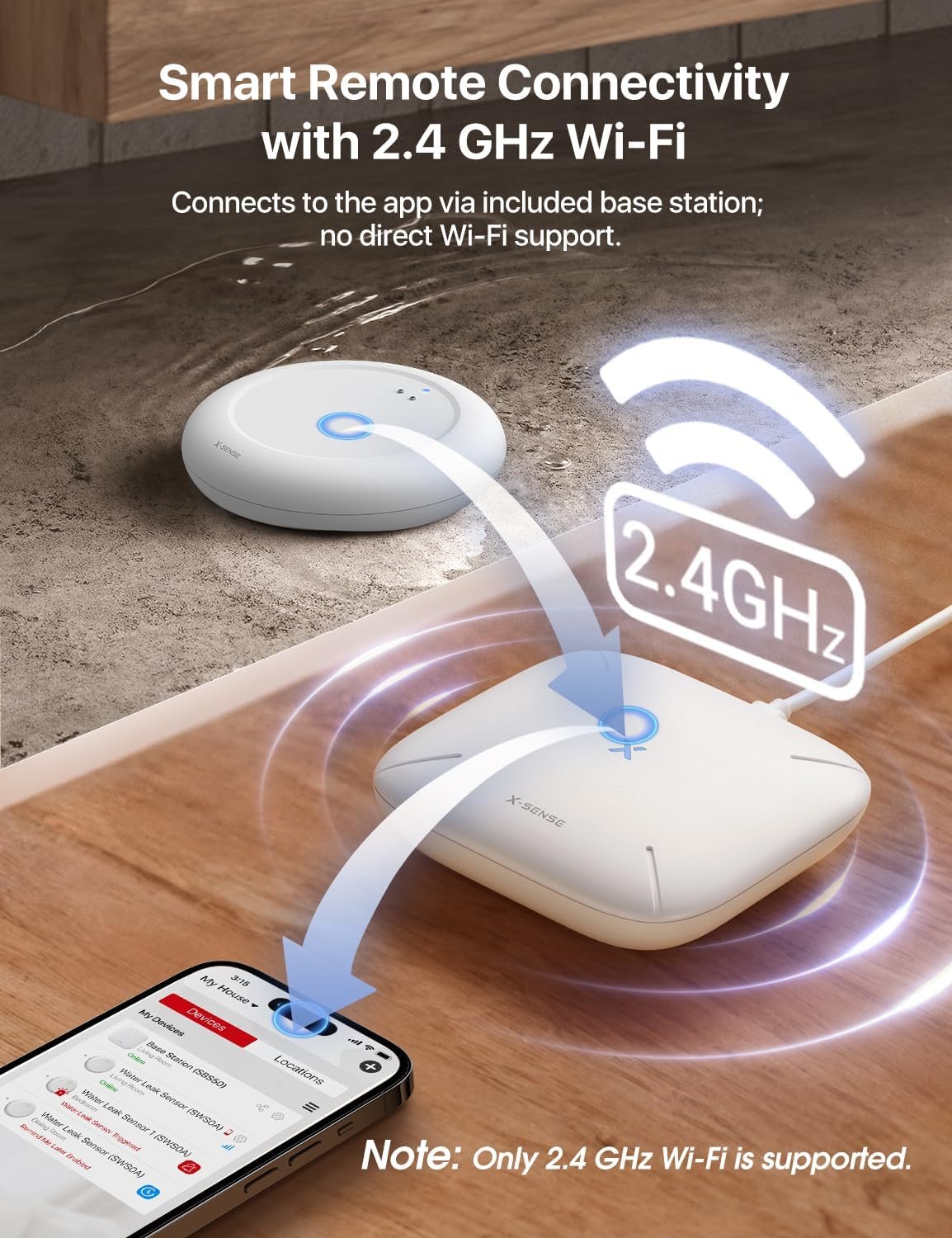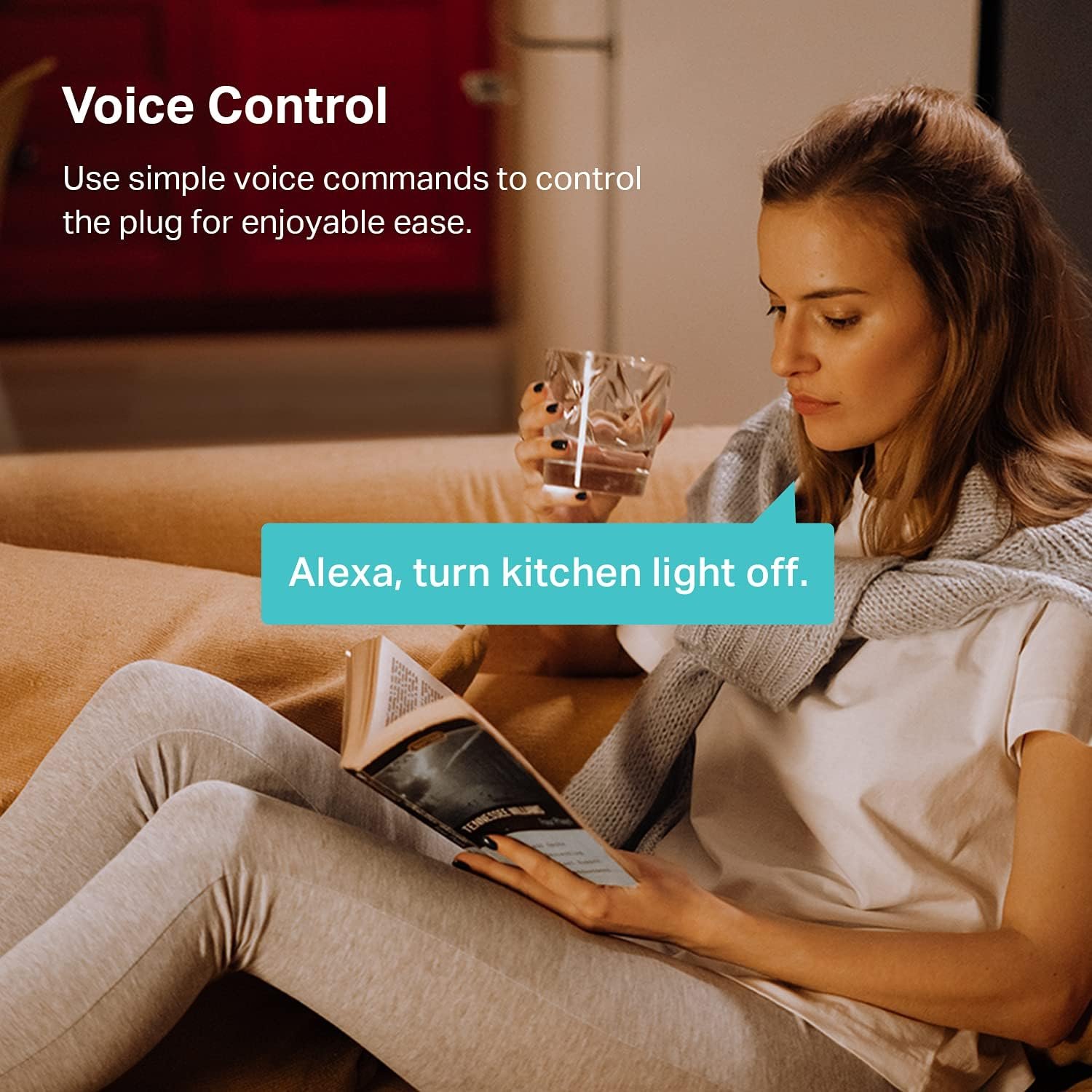Have you ever wondered how you might make your home smarter, more efficient, and more secure? With the rise of smart home technology, automating household tasks has become not just a possibility but a convenience that many are integrating into their day-to-world. Whether you’re a homeowner, a renter, a first-time buyer, or someone simply passionate about technology, embracing smart home devices can transform the way you live. Let’s explore some common smart home automation tasks, their benefits, and how you can bring them into your home.
What Are Smart Home Automation Tasks?
Before jumping into specifics, it’s important to understand what smart home automation is all about. At its core, it’s a network of connected devices that work together to automate your home for convenience, security, energy efficiency, and overall comfort. This can range from something as simple as turning on your lights with a voice command to more sophisticated systems that manage your entire home environment.
Smart home automation tasks utilize smart devices such as thermostats, lights, security cameras, and voice-activated assistants to perform actions automatically. These tasks are often initiated based on schedules, sensors, or your direct commands, helping you save time and often energy.
Lighting and Ambiance Control
One of the most common areas where people start their smart home automation journey is by controlling lighting and ambiance. With smart lighting, you can adjust brightness, change colors, and create lighting schedules or themes from your smartphone or through voice commands.
Benefits of Smart Lighting
Smart lighting can contribute significantly to energy savings, as you can easily turn off lights when they’re not needed or use motion sensors to activate them only when a room is occupied. You also get to enjoy customizable lighting options to create the perfect ambiance for movie nights, dinners, or work sessions right from your phone or voice-activated devices.
Climate Control and Energy Management
Keeping your home at the perfect temperature can be a challenge, but smart thermostats make this task easier and more efficient. Unlike traditional thermostats, smart thermostats can learn your schedule, adjust settings remotely, and provide energy usage reports.
Smart Thermostats
A popular choice for automating climate control, smart thermostats adjust heating and cooling based on your daily routines. They also enable remote control, allowing you to adjust your home’s temperature from anywhere with an app. The data they provide can help you understand your energy use and make changes for efficiency, eventually saving on costs.
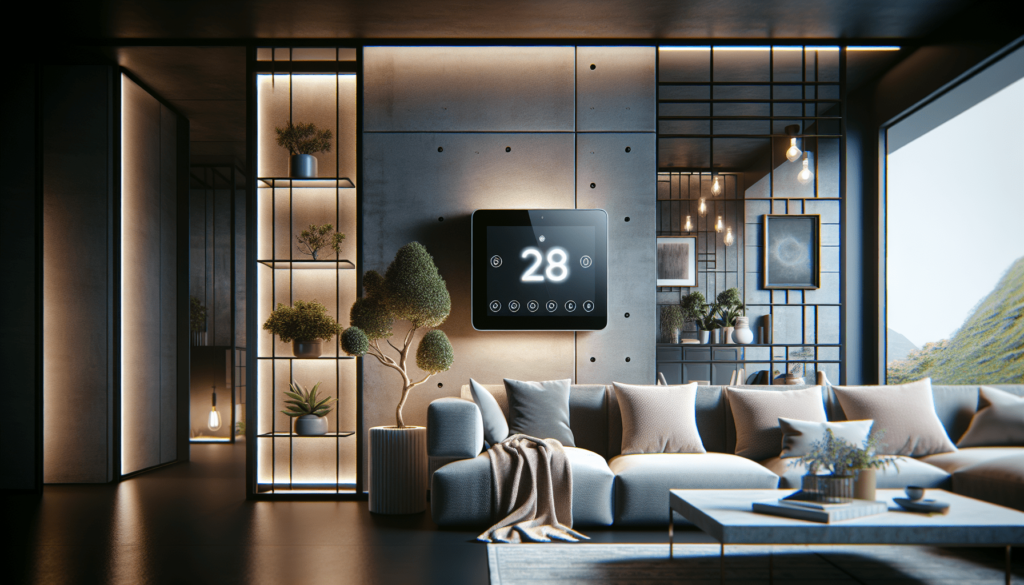
Security and Surveillance
Home security is another critical aspect where automation plays a vital role. Smart security systems can help protect your home 24/7, providing real-time notifications and remote monitoring capabilities.
Video Doorbells and Cameras
Smart security cameras and video doorbells give you peace of mind by allowing you to see who is at your door and what is happening around your property. These devices often come with motion detection, night vision, and two-way audio features. You receive alerts on your phone whenever there’s movement, helping you monitor your home whether you’re inside or halfway across the world.
Appliance Control
Managing household appliances can often be a tiresome chore, but with smart plugs and sockets, you can transform regular appliances into smart ones. This technology can automate on/off schedules and even monitor energy consumption.
Smart Plugs
Smart plugs enable you to control anything that plugs into an outlet via your smartphone. Whether it’s brewing your morning coffee just before you wake up or turning off your iron if you forgot to, these devices offer a new level of convenience.
Voice Control and Integration
One of the most seamless ways to interact with smart home devices is through voice commands. Major platforms like Amazon Alexa, Google Assistant, and Apple Siri allow hands-free operation of your connected devices.
Voice Assistants
With voice assistants, fun meets functional. You can ask them to dim the lights, play music, adjust the thermostat, or even remind you of calendar events. Voice control is a user-friendly method for managing multiple devices, making it accessible for all age groups.
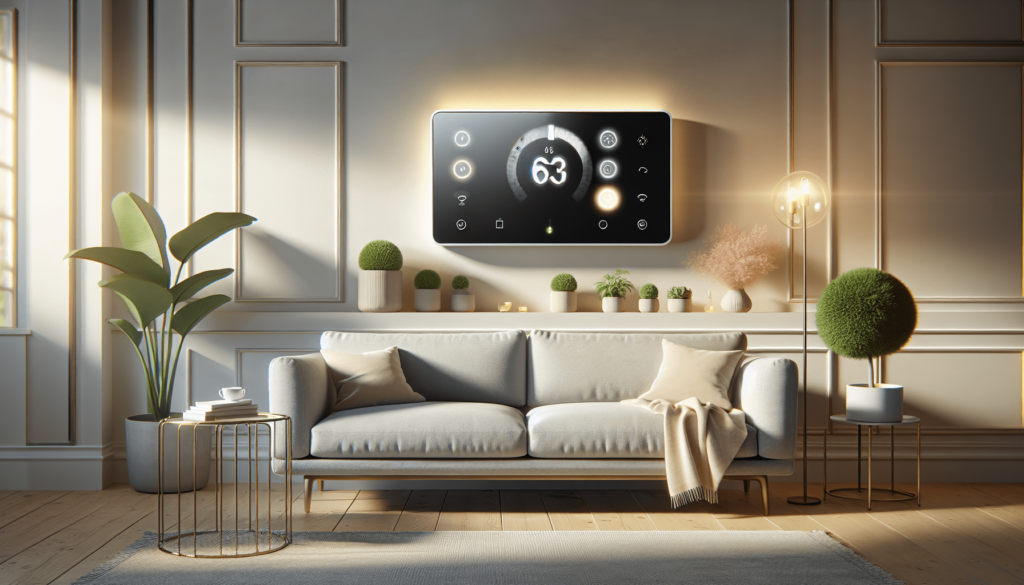
Home Entertainment Systems
Your home entertainment setup can also benefit from automation. Smart TVs, speakers, and streaming devices can all be integrated for a highly customized experience.
Smart Speakers and TVs
Smart speakers can play music, answer questions, and control other smart devices with simple voice commands. On the other hand, smart TVs support streaming from various platforms and voice commands for an enhanced viewing experience.
Automation Hubs
Centralizing control of your various devices is often achieved through a smart home hub. These hubs can be the brain of your smart home, ensuring seamless operation and integration among different devices.
Compatibility and Ecosystem Integration
When selecting a hub, compatibility with your current and future devices is crucial. Hubs can control devices across multiple brands and categories, providing a unified interface for all your automation needs, from lights to locks and everything in between.
Security and Privacy Considerations
While the benefits of smart home automation are substantial, it is also necessary to consider privacy and security implications. With data breaches in the limelight, protecting your home’s smart devices is imperative.
Secure Networks
Ensure that your home Wi-Fi is secure by using strong passwords and encryption. Updating device software regularly can protect against potential vulnerabilities. Opt for smart devices with robust security features and clear privacy policies.
Cost-Value Analysis
Many consumers are cautious about the expenses of setting up a smart home. While initial costs can be significant, the long-term savings and added property value usually justify the investment.
Return on Investment
Smart home devices can lead to energy savings, reduced insurance premiums, and increased property values. It’s about balancing upfront costs with potential savings and lifestyle enhancements over time.
Future Trends in Smart Home Technology
The landscape of smart home technology is continually evolving. Emerging technologies promise expanded functionalities, improved integration, and even greater convenience.
AI and Machine Learning
With advancements in AI, smart home technology will become more predictive, learning from your habits and preferences to provide an even more intuitive home automation experience.
Sustainability and Green Technology
Smart devices are increasingly focusing on energy-efficient technologies, contributing positively to environmental sustainability. This aligns with global efforts towards greener living standards.
Practical Setup Guides
Setting up your smart home doesn’t need to be complicated. While professional installation might be necessary for some devices, many smart home products are designed for easy DIY setup.
Step-by-Step Guide
- Identify Your Needs: Determine which areas of your home could benefit from automation.
- Choose Compatible Devices: Research and invest in devices that work well together.
- Create a Centralized Control System: Use a smart hub for managing multiple devices.
- Secure Your Network: Employ strong security measures to protect your connected devices.
Conclusion
Whether you’re looking to start with a simple smart bulb or venture into fully integrated home systems, understanding common smart home automation tasks is crucial. They range from improving daily conveniences to enhancing your home’s overall energy efficiency and security. As technology advances, the potential benefits of smart home automation continue to grow, offering innovative solutions that align with your lifestyle needs and preferences. Consider taking the next step in transforming your home into a smart home that works for you.
